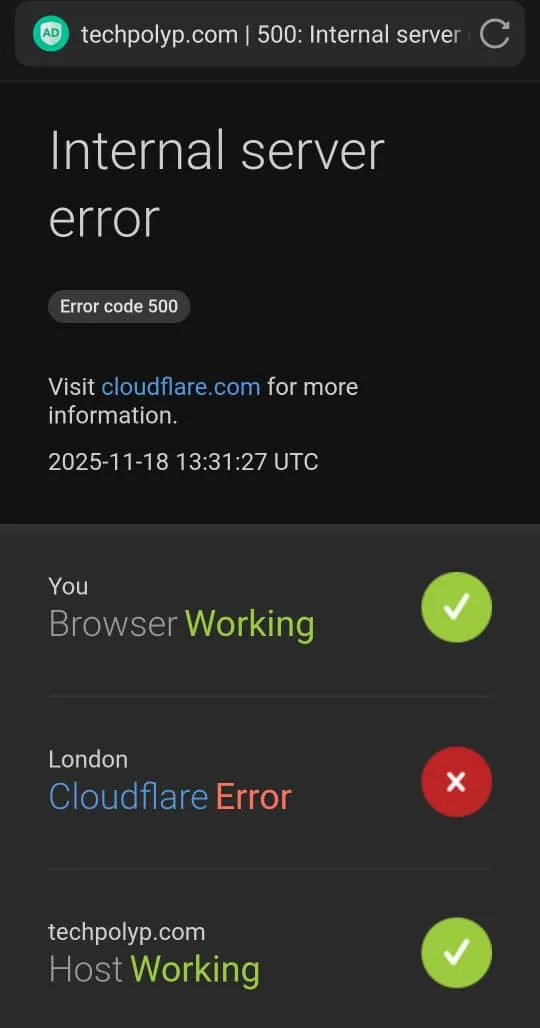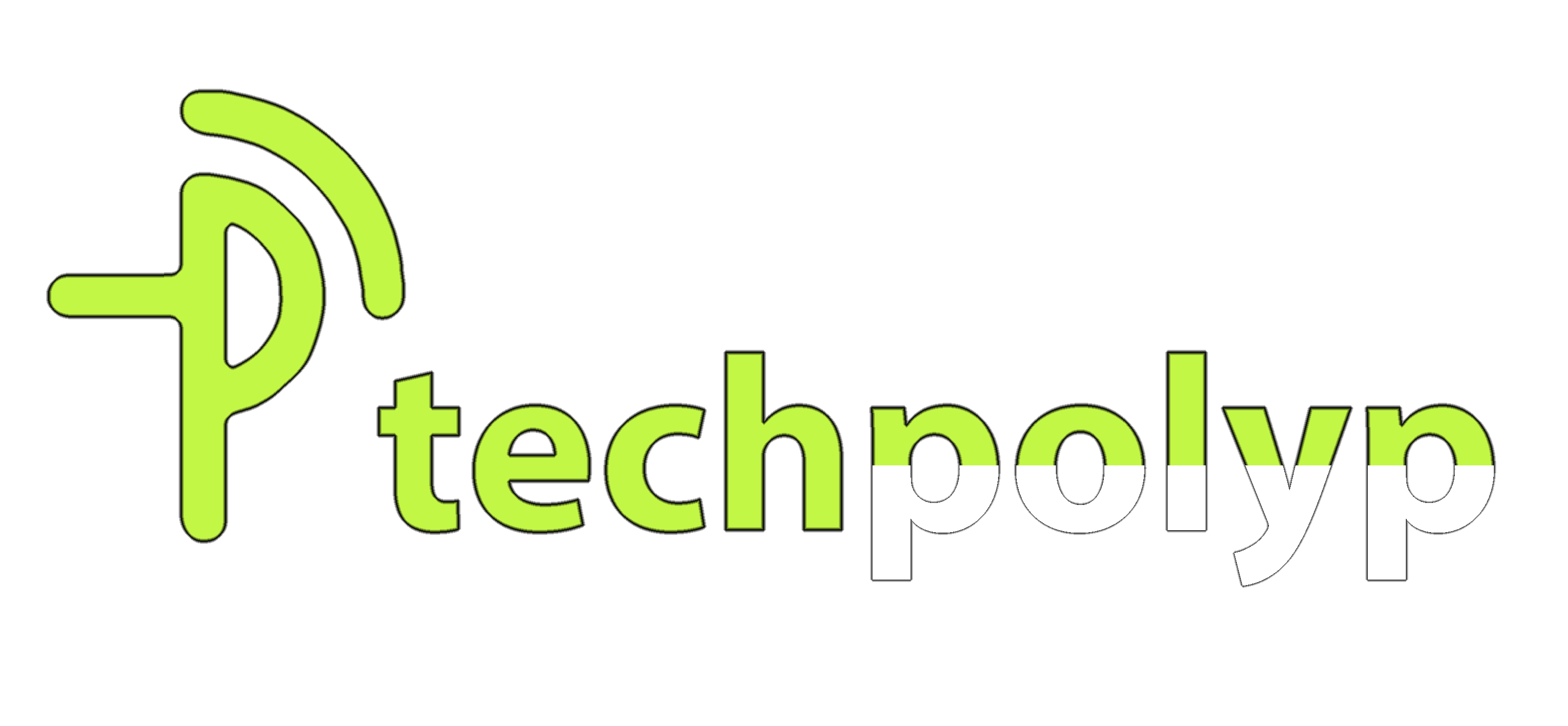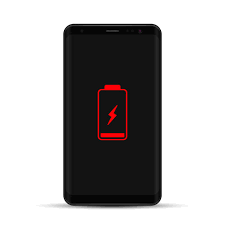When you purchase through links on our site, we may earn an affiliate commission. This doesn’t affect our editorial independence.
The Cloudflare outage on Tuesday morning sent shockwaves across the internet, knocking major platforms offline or slowing them to a crawl. Services like ChatGPT, TechPolyp, Claude, Spotify, and X all struggled to load, leaving millions confused about what had gone wrong. Cloudflare’s status page confirmed the disruption around 8 a.m. ET, noting that engineers had identified the source of the malfunction and were already preparing a fix. However, about two hours later, the company announced that traffic had stabilised and services were returning to normal, though monitoring continued to ensure the network stayed steady.

Soon after, Cloudflare’s chief technology officer, Dane Knecht, released a candid explanation on X, stating that the outage was caused by a latent bug in its bot mitigation system. A routine configuration change triggered a chain reaction that pushed core systems into failure. Knecht stressed that it was not an attack but an internal flaw that slipped through testing. His message was both apologetic and direct, acknowledging the real consequences users faced and promising a detailed breakdown of events later in the day.
How the Cloudflare Outage Spread Across the Web
Despite initial recovery, some customers continued to face issues accessing the Cloudflare dashboard. The company confirmed that teams were working on a permanent fix and maintaining a close watch for any further instability. Meanwhile, conversations online highlighted how deeply the Cloudflare outage exposed the fragility of the modern internet. A failure at one infrastructure provider quickly spread across the digital ecosystem, halting work, communication, and entire business operations.
The timing of this disruption heightened concern, as it occurred less than a month after a similar issue at Amazon Web Services. Together, these incidents underscored a larger truth: the internet relies heavily on a small number of infrastructure giants. When even one stumbles, the effects spread like falling dominoes.
Why Cloudflare’s Failure Hit So Hard
Cloudflare supports an estimated 20% of all websites globally and operates data centres in more than 330 cities. Its network connects directly to over 13,000 ISPs, cloud platforms, and enterprises. One of its core offerings is protection against Distributed Denial-of-Service (DDoS) attacks, which aim to overwhelm websites and push them offline. This made the Cloudflare outage particularly ironic, since the company responsible for shielding the web from disruption found itself at the centre of it.
Cloudflare says it is already working on system-level safeguards to prevent a recurrence. Engineers are reviewing testing procedures, configuration processes, and internal monitoring to close the gap that allowed the bug to slip through undetected. Users and businesses worldwide hope this marks the start of stronger resilience across the company’s backbone.
The outage served as another reminder that the internet’s stability depends on the quiet reliability of infrastructure firms that few people ever think about. When one of them falters, the impact ripples through platforms that shape work, entertainment, communication, and daily life. The Cloudflare outage made that clearer than ever.









